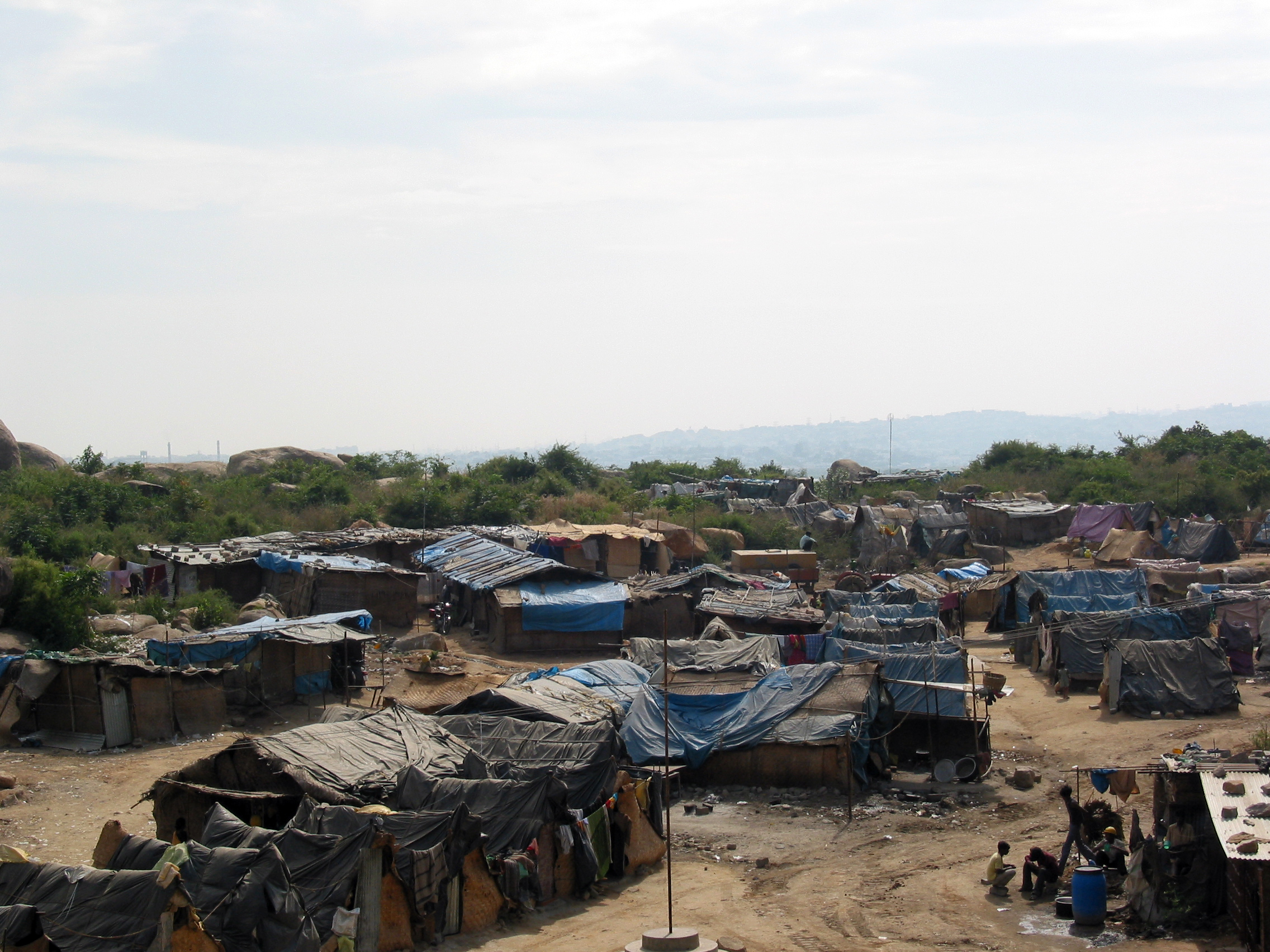
Statelessness
A Catholic Perspective
What is statelessness?
According to international law, a person who is not considered to be a national of any state under the operation of its law is stateless. The United Nations High Commissioner for Refugees estimates that there are approximately 10 million stateless people worldwide. An individual may become stateless for a myriad of reasons, such as deprivation of citizenship in times of war, persecution or discrimination, or having been forcibly displaced prior to being able to complete the administrative requirements for citizenship under a given country’s laws. In the United States, a person may acquire citizenship “jus soli” (by right of birth on U.S. soil) or “jus sanguinis” (by right of blood via one’s parents). This is not the case in all countries around the world. In some countries, certain administrative requirements must be met following birth in order to claim one’s citizenship. In others, women are unable to pass citizenship on to their children.
It is important to note that the situation of stateless individuals differs technically, and at times experientially, from that of refugees. A refugee is one who flees persecution on the basis of race, religion, nationality, political opinion, and/or membership in a particular social group. A refugee may be or become stateless, but a stateless person is not necessarily a refugee and vice versa.
Why is statelessness a problem?
Consequences of statelessness can include a lack of legal protection, limited or no access to health care, education, and registration of birth, infringements on the rights to marry and own property, and an increased vulnerability to human trafficking. A salient contemporary example of this is the persecution of the Catholic Church in Nicaragua. Since 2018, some members of the Church in Nicaragua have endured violence, exile, and even the revocation of their citizenship by the Nicaraguan government.
Despite its prevalence, the plight of stateless individuals generally goes unrecognized in the United States, as statelessness is not expressly defined in federal law. Meanwhile, there is an estimated 218,000 people who are “potentially stateless or potentially at risk of statelessness” in the United States.
What can be done to address this?
The Holy See has called on states to “[e]nact legislation granting adequate protection and standards of treatment in respect of rights and freedoms as established by international conventions addressing statelessness and human rights treaties and provisions relevant to the right to a nationality”.
Consistent with this, the U.S. Conference of Catholic Bishops recently endorsed the “Stateless Protection Act of 2024” (S. 3987/H.R. 7755). That bill would define “stateless person” for the first time in U.S. law, afford protection to stateless persons through a new form of relief and path to permanent residency known as Stateless Protected Status, and support initiatives aimed at preventing statelessness and related human rights violations.
